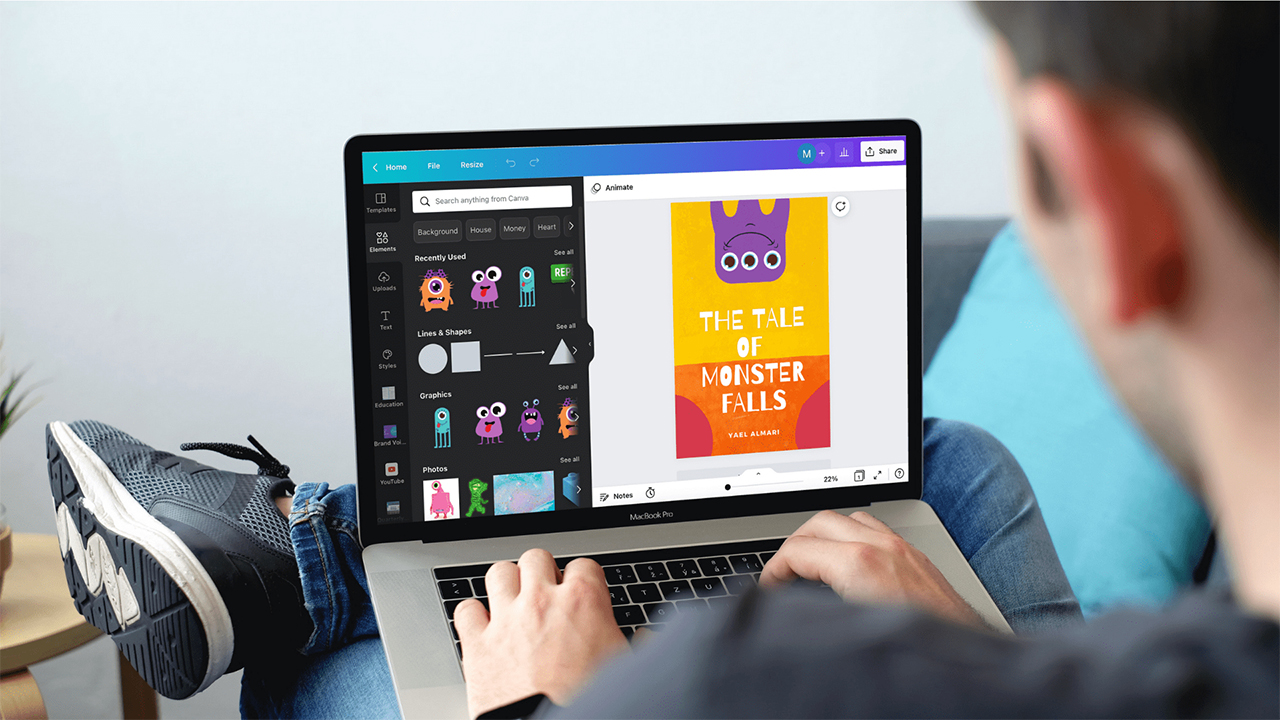In a bid to maintain its standing among the world’s top startups, design software leader Canva is doubling down on artificial intelligence (AI)-driven capabilities. Co-founder and Chief Product Officer, Cameron Adams, emphasizes that AI tools empower users to freely and swiftly explore new ideas, a task that was previously hindered by constraints of time, resources, and budget.
Adams underscores the significance of integrating AI into software offerings without inflating prices, highlighting the imperative for companies to stay current in a dynamic market where users have abundant choices. He asserts, “I think there is a real opportunity cost in organizations and individuals not keeping up with the latest technologies.”
Canva’s recent introduction of a suite of AI-powered functions in its design software aligns with this strategic approach. These functionalities include the ability to transform presentations into concise executive summaries, generate cohesive blog posts from a cluster of ideas, and produce photos and videos from a single prompt. These additions follow a series of new features launched in September the preceding year, comprising work documents, website design, and background removal in videos.
These innovations are poised to fortify Canva’s revenue streams by attracting a broader base of enterprise clientele. This move places the company in direct competition with industry stalwart Adobe and emerging startups like Figma and Kittl. Notably, Adobe, with a market capitalization of $257 billion, also offers AI-powered features including image generation and a virtual assistant.
Securing new customers is pivotal for Canva, which has experienced a sharp decline in valuation since its zenith in 2021, when it garnered a $40 billion valuation in a $200 million funding round featuring investors such as T. Rowe Price, Bessemer Venture Partners, and Blackbird. Blackbird subsequently revised Canva’s valuation to $26 billion in July 2022, while T. Rowe Price further adjusted it to $13 billion earlier this year.
Adams attributes these markdowns to broader market shifts, citing a cautious approach from venture capital firms following the funding surge of 2021, spurred by tightened credit conditions and market volatility. He asserts, “It’s definitely not something that is particular to Canva.”
Expanding its user base beyond key markets in the U.S. and Australia is now a priority for Canva, with a strong focus on Asia, where the company has witnessed a surge in user engagement from Indonesia and India.
While the advent of AI, exemplified by OpenAI’s ChatGPT, has sparked discussions on copyright concerns and potential job displacement, Adams remains sanguine about its impact on employment. He underscores the enduring importance of human creativity and content creation, asserting, “Humans will still have a huge role to play in terms of creativity and content.”
Canva’s proactive stance towards AI development includes a $200 million fund earmarked for contributors who allow the company to utilize their content for training its AI models. Adams maintains, “For any technology innovation that comes along, there are always people who are fearful that it will somehow disrupt human behavior,” asserting that AI, like previous technological leaps, ultimately enhances human productivity.
As Canva strategically leverages AI, it not only seeks to fortify its competitive position but also aims to empower users with cutting-edge tools, ensuring they remain at the vanguard of creativity and productivity in an ever-evolving digital landscape.








